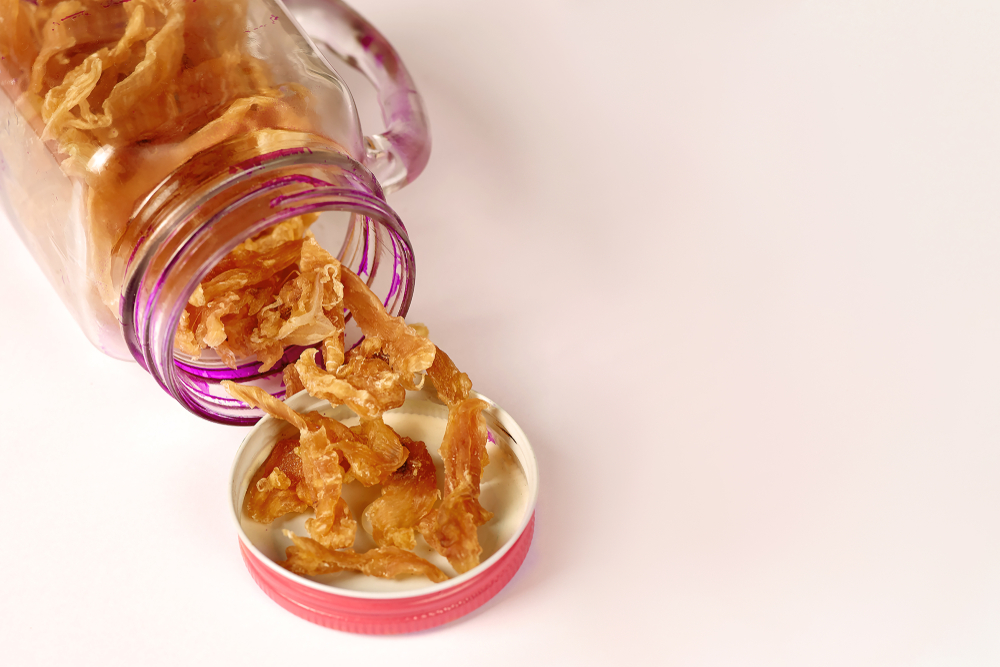Creating a more sustainable lifestyle extends beyond our own routines and choices—it includes the way we care for our pets. As beloved members of our households, pets rely on us not only for love and care but also for thoughtful decisions that minimize their environmental impact. Reducing the “carbon pawprint” doesn’t mean compromising on quality or enjoyment for your pets; it’s about choosing eco-conscious products and practices that benefit both your furry friends and the planet. Here’s how to make small, effective changes that lead to a more sustainable pet care routine.

Choosing sustainable pet food options is one of the most impactful ways to lower your pet’s carbon pawprint. Pet food production, particularly meat-based diets, can have a high environmental cost due to resource-intensive farming practices. Opt for pet food brands that prioritize sustainability by sourcing ingredients ethically, using organic materials, or even including plant-based alternatives. Some companies focus on using by-products from human food production, which reduces waste while delivering nutrient-rich meals. Making homemade pet food with locally sourced ingredients is another eco-friendly option, allowing you to control quality and minimize packaging waste.
An eco-friendly approach to waste disposal is essential for pet owners. Traditional plastic bags for dog waste contribute significantly to landfill waste, so switching to biodegradable or compostable bags made from cornstarch or other plant-based materials can make a huge difference. For cat owners, clay-based litters are a staple, but they are mined in ways that damage ecosystems. Opt for sustainable cat litters made from recycled paper, corn, or wood, many of which are biodegradable and compostable. By making these simple swaps, you’re supporting a cleaner planet with minimal disruption to your routine.
Sustainable pet care also involves investing in durable, eco-friendly products. Many pet toys, beds, and accessories are made with single-use plastics or cheap materials, which means they wear out quickly and end up in landfills. Choosing high-quality, long-lasting items made from natural or recycled materials reduces waste and often provides better comfort for your pet. Brands specializing in sustainable pet products use organic cotton, hemp, and recycled materials to create stylish and eco-friendly accessories. Reusable and washable products may cost more upfront but are longer-lasting, which also saves money over time.
Pet treats are a beloved part of any pet’s routine, but single-use plastic packaging often accompanies them. Look for bulk or packaging-free treat options at pet stores, which reduce the waste associated with treat purchases. Making homemade treats is another fun and eco-conscious alternative; you can bake treats with ingredients like pumpkin, oats, or peanut butter, giving you full control over what goes into your pet’s snacks. DIY treats not only cut down on packaging but also help you avoid artificial additives, offering a healthier and more sustainable treat for your pet.

When it comes to grooming, sustainable choices extend to the products and tools you use. Many pet shampoos, conditioners, and grooming supplies contain chemicals that can be harsh on the environment. Opt for natural, biodegradable pet shampoos made from plant-based ingredients, which are gentler on your pet’s skin and safer for the planet. For extra sustainability, look for concentrated formulas that last longer, reducing the frequency of repurchase and the waste associated with packaging. Some grooming salons also prioritize eco-friendly practices, using water-efficient equipment and sustainable products, making them a great choice if you prefer professional grooming.
Bath time is another area where sustainability can be practiced by reducing water and energy consumption. To save water, minimize bath times and consider using a small basin instead of running water continuously. Bathing outdoors can also be a good option in warm weather, allowing the water to nourish your garden. Using repurposed towels or eco-friendly cloths for drying adds another sustainable touch to grooming while ensuring your pet stays comfortable and clean.
Supporting eco-conscious pet brands is another way to promote sustainability. Many companies now prioritize green manufacturing practices, using recycled materials, eco-friendly packaging, and carbon-neutral processes. By choosing to purchase from these brands, you’re helping to drive demand for responsible business practices in the pet care industry. Researching brands to find those that align with your values can be rewarding and helps create a more sustainable pet care market for everyone.
Reducing the environmental impact of your pet’s toys and accessories is another easy adjustment. Constantly buying new items isn’t always necessary, as pets often enjoy a simple rotation of their existing toys. Thrifted pet items, such as gently used beds or toys, are an eco-friendly alternative that keeps items out of landfills. You can even make your own toys from household materials—old fabric scraps, cardboard, and rope can make excellent toys that engage your pet without contributing to waste.
For eco-conscious pet owners who enjoy traveling with their pets, being mindful of your transportation choices can also reduce emissions. Consider walking or biking to local parks instead of driving, which allows you to spend quality time with your pet while cutting down on fuel use. When longer travel is necessary, look for pet-friendly public transportation options or carpool with friends who also have pets. Even travel accessories, such as carriers, can be purchased in eco-friendly materials, making it easier to maintain green practices while on the go.
Creating a zero-waste pet routine might require a little extra thought, but the environmental benefits are well worth it. Swap single-use items for reusable options, like washable towels or cloths, and choose food storage containers made from glass or metal instead of plastic. Compostable pet waste bags, organic cleaning products, and bulk food purchases are all small adjustments that reduce the amount of pet-related waste in your home. These small shifts make a big difference over time, reducing waste while maintaining a high standard of care for your pet.
Staying informed and educating others about sustainable pet care can amplify the impact of your efforts. Many pet owners may not be aware of the environmental effects of certain products or practices, so sharing tips and eco-conscious ideas can make a big difference. Joining a local eco-friendly pet group or sharing tips on social media can inspire fellow pet lovers to adopt greener habits, creating a ripple effect that extends far beyond your own home.
By adopting these thoughtful, eco-friendly habits, you and your pet can contribute to a healthier planet. Small changes in your pet care routine, whether in food choices, grooming products, or daily habits, lead to a collective positive impact on the environment. Embracing a sustainable approach to pet ownership shows that we can care for our animals while also caring for the world they live in, one pawprint at a time.
